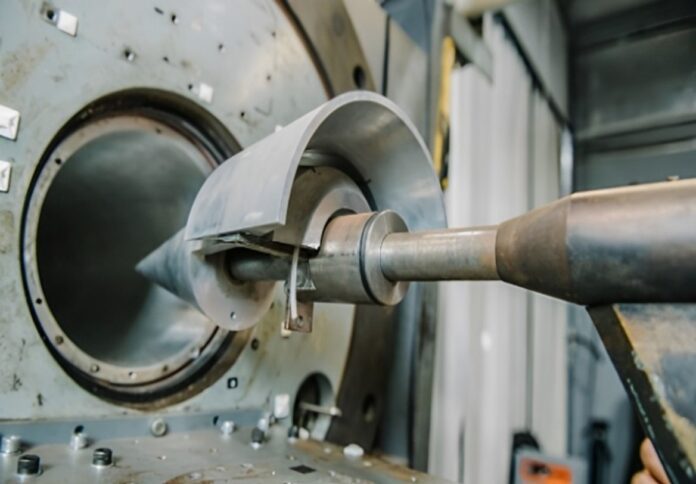
The University of South Australia (UniSA) has inaugurated a new Advanced Manufacturing facility and announced substantial industry investment in four space research projects under the iLAuNCH Trailblazer program, totalling over $18 million in funding
The Deputy Premier of South Australia Susan Close officially opened the Advanced Manufacturing Metal 3D printing facility, located at Stärke-AMG group’s VPG Innovation, in Adelaide’s Camden Park.
This cutting-edge facility will support the industry with rapid 3D printing of metals for space structures, the institution said in a news release.
These machines are capable of printing Titanium and Nickel alloys that are crucial in space technologies.
“As we transition from resource-intensive manufacturing to more research-driven and energy efficient processes, we will produce more high-value products,” said Minister Susan Close.
“This 3D printing technology makes it possible to rapidly manufacture custom-made parts and other space infrastructure that can save businesses time and cost.”
Close continued, “The facility will support a world-class sovereign manufacturing capability that will create new jobs and lead to global exports within the space industry. It will add to our state’s competitive manufacturing advantage and will fill a critical gap in the burgeoning space sector.”
Moreover, the University Trailblazer program aims to advance the translation and commercialisation of academic research, paving the way for groundbreaking developments.
iLAuNCH is spearheading a cultural shift within universities by promoting closer collaboration between academia and industry.
“This unique initiative represents a real opportunity for Australia to expand and develop our space engineering ecosystem,” commented UniSA iLAuNCH lead Professor Colin Hall.
“Through collaboration and innovation, we will demonstrate how space capable technologies can inspire the next generation of space engineers and realise a commercial outcome in this sector.”
The first four UniSA projects that have been announced under the iLAuNCH program include: Additive Manufacture of space components using Electron Beam Melting with industry partners VPG Innovation, a part of Starke-AMG; Additive Manufacture of novel materials for optical components and satellite sub-assemblies with industry partners SMR Automotive Australia and VPG Innovation; Development of an AI/ML-enabled space surveillance system for hypersonic missile defence with industry partners Northrop Grumman and Spiral Blue; and Development and flight qualification for an Australian Radioisotope Heating Unit (RHU), supporting a thermal management technology platform for multiple lunar night survival with industry partner entX.
Additional projects in areas such as Earth observation and optical communication will be announced in the coming weeks.
“South Australia is primed to launch into a trillion-dollar global space ecosystem,” said iLAuNCH Executive Director Darin Lovett.
He added, “To seize the opportunity, we are focussed on commercialising our world class space technology through collaboration and focussed effort.”
Federal Assistant Minister for Education, Senator Anthony Chisholm, remarked that iLAuNCH is bringing together world-class researchers from the University of Southern Queensland, the Australian National University, and the University of South Australia with industry partners to help build Australia’s sovereign space capabilities.
“Our government is committed to supporting collaborative initiatives, such as the iLAuNCH Trailblazer, which are set to produce innovative solutions that bolster our nation’s space exploration capabilities, create more employment opportunities and grow our economy,” Assistant Minister Chisholm said.
“It’s excellent to see our universities working with industry partners to advance the space manufacturing sector by investing in technologies that are developed by Australians and commercialised through local company partnerships,” he noted.
iLAuNCH is backed by $50 million from the Australian Government’s Trailblazer Universities Program, which boasts a total of $362.5 million, and further supported by a cumulative investment of $180 million in industry research, commercialisation, and manufacturing.
The program focuses on developing commercially viable civil rockets, advanced rocket test and launch facilities, rapid satellite manufacturing, cutting-edge communication technologies, and integrated sensing systems.




















